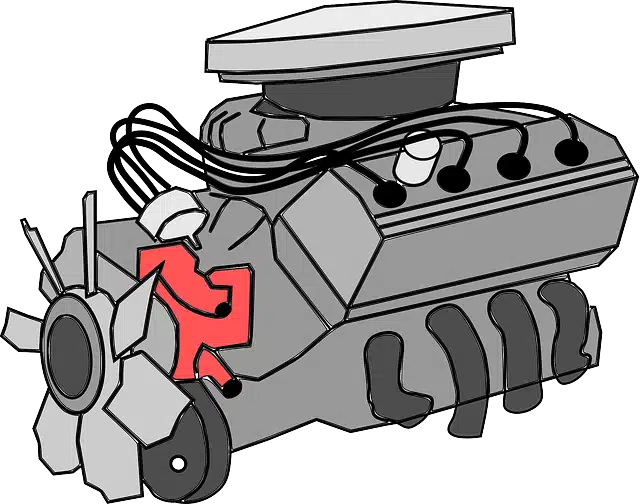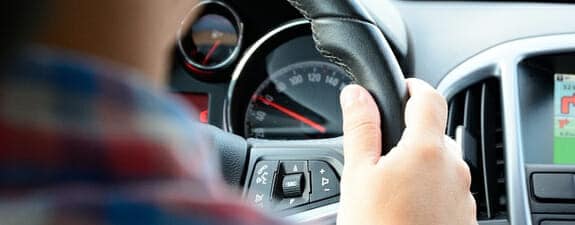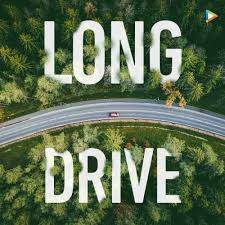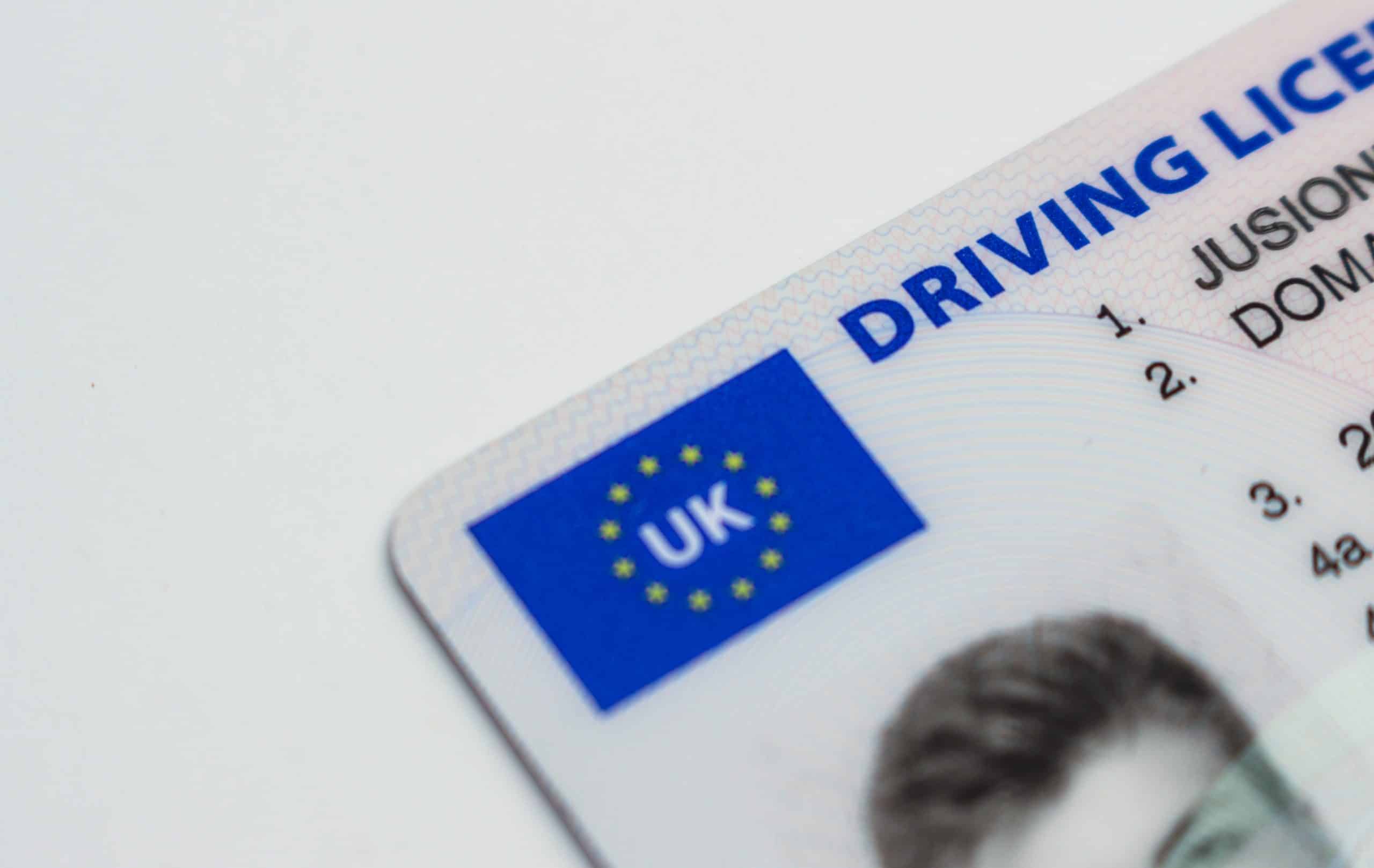
What is Engine Braking?
Definition of Engine Braking
Engine braking is a driving technique that allows a vehicle to slow down without relying solely on the brakes. It involves using the engine’s resistance to the motion of the vehicle to decelerate. This technique is achieved by releasing the accelerator pedal and/or shifting down the gears which increases the engine’s resistance to the vehicle’s momentum. This resistance is known as engine compression, and it is the key to understanding how engine braking works.
How Engine Braking Can Improve Driving Skills and Safety
Engine braking can greatly improve driving skills and safety in several ways. Firstly, it allows the driver to slow down the vehicle gradually and with more control. This is especially beneficial when approaching bends or corners, where sudden braking can lead to skidding or loss of control. By using engine braking, learners can reduce the speed of the vehicle without relying solely on the brakes, minimising the risk of accidents.
Secondly, engine braking helps to reduce the risk of brake fade. Brake fade occurs when the brakes become overheated due to excessive use, leading to a loss of braking power. By utilising engine braking, learners can reduce the strain on the brakes and prevent them from overheating. This not only improves safety but also prolongs the lifespan of the brakes, reducing maintenance costs.
When to Use Engine Braking
Best Conditions for Using Engine Braking
Engine braking is most effective when the vehicle is travelling downhill, as the engine can be used to resist the force of gravity. This technique is also most effective when the vehicle is travelling at a steady speed, as the engine can be used to resist the momentum of the vehicle. It is important to note that engine braking should not be used when the vehicle is in neutral. It is also affective when on slippery roads, such as snow and ice to prevent sudden changes in speed and reducing the risk of skidding.
How to Use Engine Braking Correctly
Engine braking is a technique that allows drivers to slow down a vehicle without using the brakes. It can be beneficial in extending the life of friction brakes and providing better control when driving down steep hills or long slopes. Here is a step-by-step guide on how to use engine braking correctly:
- Read the road ahead and plan your approaches: It is important to anticipate the need to slow down and plan your approach in advance. This will give you enough time to prepare for engine braking.
- Gradually come off the accelerator pedal: When you need to slow down, start by applying the brake pedal gradually. This will allow the vehicle to begin slowing down naturally and with the help of the brakes.
- Drop down into a lower gear: Once the vehicle has slowed down to around 25-30mph, shift down into a lower gear, such as 3rd gear. This will increase the engine braking effect.
- Release the clutch slowly: As you shift down into a lower gear, release the clutch slowly to avoid any unpleasant jerking. This will ensure a smooth transition and gradual slowing down of the vehicle.
- Adjust gears for steep hills: If you are driving down a very steep hill, it may be necessary to go down the gears earlier to maximise the engine braking effect. This will provide additional control and help maintain a safe speed.
- Be cautious of using the gears to slow down more than necessary, as this may result in your left hand being off the steering wheel for too long. It is important to maintain proper steering control at all times.
- Remember, when using engine braking in isolation and without using the brakes you are not warning the drivers following you that you are slowing down due to the fact that no brake light are on . This can be dangerous if vehicles are following closely.
- In an emergency situation, the Highway Code advises drivers to brake immediately. While engine braking can be a useful technique, it may not provide sufficient stopping power in certain situations. Therefore, it is crucial to use the brakes when necessary to ensure the safety of yourself and others on the road.
The Highway Code’s Advice on Engine Braking
What the Highway Code says about engine braking
According to the Highway Code, engine braking should only be used when it is safe to do so. It is not recommended to use engine braking in built-up areas or on roads with a speed limit of more than 30mph. This is because engine braking can cause a considerable amount of deceleration, which may be unsafe in these situations. It is important to use engine braking judiciously and be aware of the potential risks involved.
Best practices for Learner Drivers when Using Engine Braking
- Practice engine braking in a safe environment such as an empty car park or quiet road.
- Start practising at a slow speed and gradually increase the speed as you become more confident.
- Be aware of the road and traffic conditions while engine braking.



